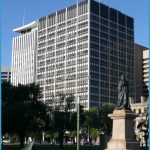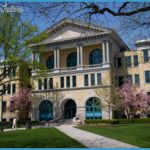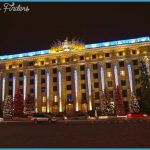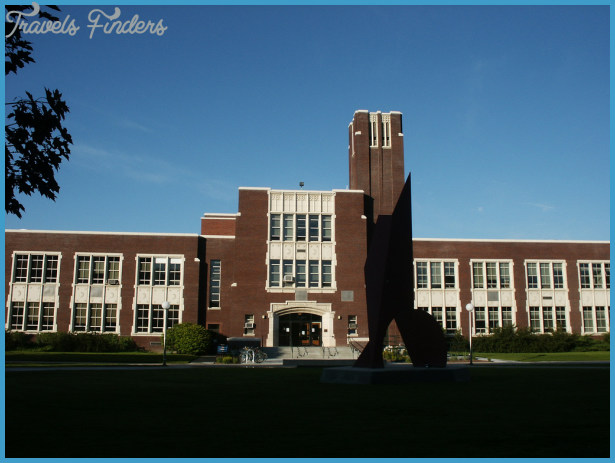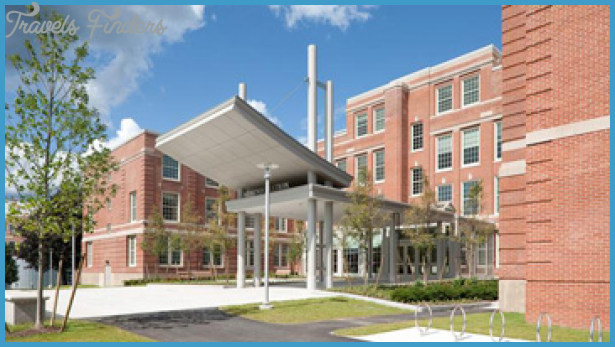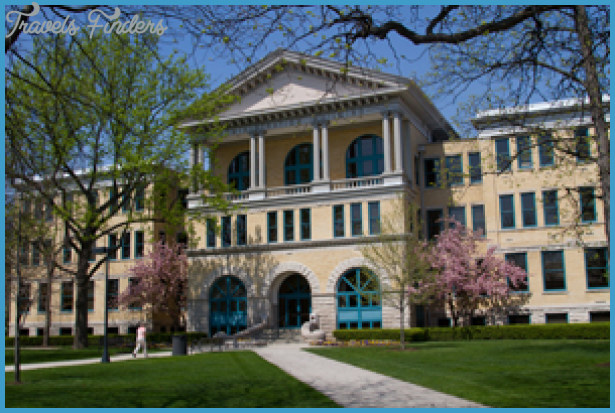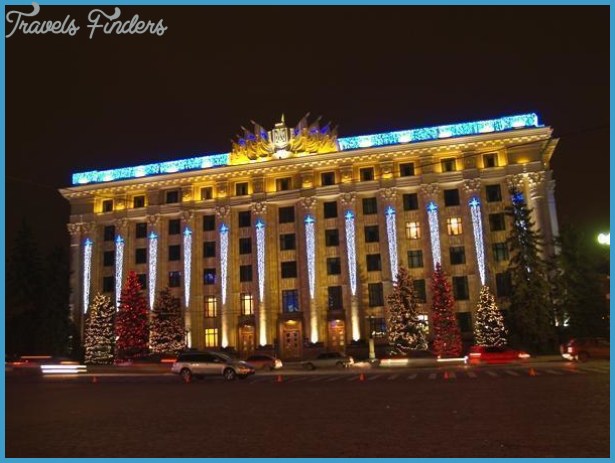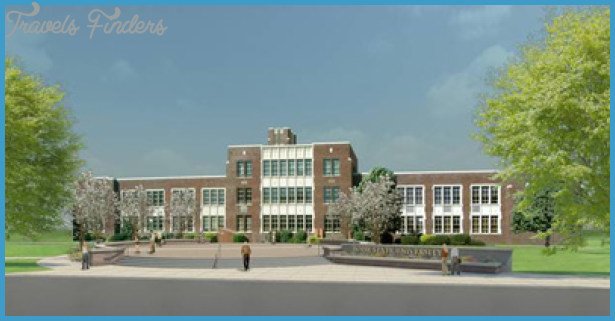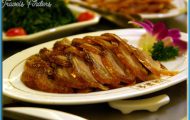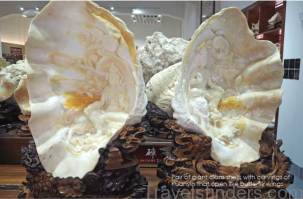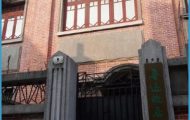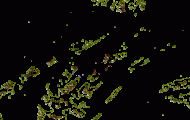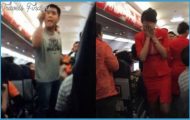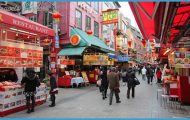The People’s Republic of China or the Chinese People’s Republic, Form of transcribed in Pinyin as Zhonghua Renmin Gongheguo (pronounced government Chung Hua Yen-Min Kung-He Kuo) was proclaimed by Mao Zedong (Tse-tung) on October 1st 1949. The (fourth) constitution of 1982 describes the nation as a “People’s Republic” founded on the principles of socialism, the democratic dictatorship of the proletariat, Marxist-Leninist-Maoism and the absolute leadership of the Communist Party. The national flag, coat-of-arms and international code for vehicles are National emblems shown on page 50. The People’s Republic of China maintains relations with most coun- Diplomatic tries including the United Kingdom and all the members of the Euro- relations pean Union.
China was one of the founding members of the United Nations and from the beginning has sat as one of the five permanent members of the Security Council. It is also represented on many UN organisations. In 1971 the UN assembly voted to exclude the Republic of China (Nationalist Taiwan) and to replace it with the People’s Republic of China.
In 1975 a trading agreement was signed with the European Union (EU).
Membership of international bodies Organs of state The 3,500 deputies to the National People’s Congress (NPC), the high- National est organ of state, are elected for five years by the provinces, autono- People’s mous regions, directly-administered cities and military units. This Congress body which can enact laws, adopt economic plans and decide if the country should go to war, meets once a year when it selects members for the Standing Committee of the National People’s Congress. The president of the Standing Committee serves as Head of State. Between sittings of the NPC, the Standing Committee fulfils all legislative functions and convenes the State Council, (the central administrative body) and the executive organ of the NPC. The State Council appoints the Premier and its membership includes the Vice Premiers, General Secretary and a changing number of ministers with responsibility for the various departments of state. The government is accountable to the NPC. Other important organs of state are the Supreme People’s Court and the Supreme People’s Procuratorates. There is universal suffrage. Communist The ruling party of government is the Communist Party of China (with Party of China over 50 million members) and consists of the Central Committee (175 members), the Politburo (16 members) and the Military Commission. The highest decision-making body of the Communist Party is the Standing Committee of the Politburo with the General Secretary as its leader.
Administrative areas (see map on pages 50/51)
Local government The People’s Republic of China is divided into a complicated web of territorial units with regional autonomy.
Regions of Mainland China
Geographical regions with provinces, autonomous regions and directly-administered towns.



